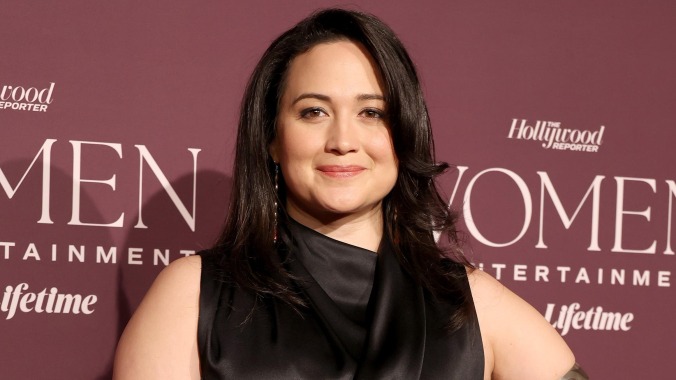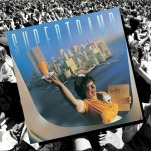It was “daunting” to play a real person who “not many living people have memory of,” Lily Gladstone admitted at a recent Killers Of The Flower Moon Q&A attended by The A.V. Club. One of her “biggest cues” to unlocking Mollie Burkhart as a character came from learning the Osage language, she said. “I found Mollie and I felt most like Mollie in the language.”
The reference “was run through various members of the community to make sure that that story was appropriate for us to use, because a lot of these things are not for outsiders to use,” Gladstone said. “There are many, like, forms of trickster figures in Osage oral tradition. This one is kind of a self-serving, hedonistic, goofy one.”
The trickster tale “felt familiar” to the Golden Globe nominee to Blackfeet stories she heard growing up: “Our tricksters are also creators of the world we inhabit. And the longer you sit with those stories, the more they grow with you, you realize they were really teaching you something,” she reflected. Viewing the relationship through that lens “kind of changed the story in my perspective of it… it felt like a trickster story I was raised hearing all the time. When you’re young, they’re funny. And this version of the trickster doesn’t really win in the end. You know, they’re the ones that kind of get taught the lesson for acting poorly, but everybody in their wake suffers.”
(“[Our] word in Blackfeet for white man is the same word we use for our trickster figure, partly because of that duplicity, friend and foe,” Gladstone pointed out in reference to Ernest’s character. So it’s, you know, also a word that we use for friend. But it’s a tricky word and it’s one of my favorite ones.”)
Gladstone observed that Killers Of The Flower Moon evokes Hollywood’s Golden Age and the “classic storytelling methods of the 1950s.” And though “this film, I think, gratefully restores Native ladies in these very classic roles,” it was not an era that was respectful of indigenous people: “[We] were really erased from that history and made the villain in that history, it erased our presence as Native people from that period in film,” she said.
She came to understand Mollie as situated within that storytelling tradition, but for Gladstone, the Martin Scorsese-directed film “has never been a Western,” she said. “To me at the end, it’s from that perspective and that arc, the way that I was able to land it was just, I kept going back to… those cautionary tales I was told as a young woman growing up. And yeah, that’s one way I was able to ride it out.”










![Rob Reiner's son booked for murder amid homicide investigation [Updated]](https://img.pastemagazine.com/wp-content/avuploads/2025/12/15131025/MixCollage-15-Dec-2025-01-10-PM-9121.jpg)

























![HBO teases new Euphoria, Larry David, and much more in 2026 sizzle reel [Updated]](https://img.pastemagazine.com/wp-content/avuploads/2025/12/12100344/MixCollage-12-Dec-2025-09-56-AM-9137.jpg)




